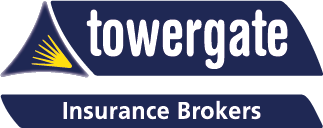A risk assessment lists the hazards that might be encountered while completing a task or activity, or being within a certain environment.
We all do risk assessments every day, such as crossing a road. The hazard is the traffic, and the risk is that we are hit by a car. The control measures are to use a crossing point and look both ways.
A risk assessment is no different; we are assessing the hazard and the risks created by the hazard and how we will minimise that risk with control measures.
Writing a risk assessment down will allow you to focus on the hazards. It then can be passed out to your workforce and be available for them to re-read if needed rather than you having to tell them every time. And there is the liability side. A written risk assessment shows that you have taken every necessary step to reduce the risk, and many insurance companies will not pay out on any claims if you can’t produce risk assessments. Risk assessments don’t have to be over complicated, which can be counterproductive. If no one can understand it, then they can’t follow it. A risk assessment must have all the relevant information but be simple to follow.
Many think a risk assessment will prevent you from completing your tasks, which is where the road analogy comes in. Crossing a road will never be risk free however if you don’t cross the road, you will never get anywhere. When a risk assessment is created, it takes this into account and is designed to achieve a balance between a reasonable level of risk and being able to complete the task.
A risk assessment will never be 100% effective, even with the best will in the world. You can not predict everything; risk assessment should be reviewed regularly and reviewed if an incident occurs.
For example, you may have a microwave in a kitchen you have assessed for things such as burns and radiation. However, a team member moves the microwave to clean underneath it and drops it on their foot, causing injury. At this point, the risk assessment needs to be re-assessed as it hasn’t been considered that it may be moved to clean underneath it.
In summary, a risk assessment shouldn’t prevent you from completing a task. They need to be simple to follow and reviewed regularly or when needed.
About the author
This article is provided by our sister company, Stallard Kane, a specialist risk management service provider offering expert advice and solutions in Health and Safety, HR, Risk Solutions and Training. This article is for general guidance only and aims to provide general information on a relevant topic in a concise form. This article should not be regarded as advice in relation to a particular circumstance. Action should not be taken without obtaining specific advice.
If you want a truly personalised service, contact your usual Towergate advisor today who can put you in touch with Stallard Kane’s Team to discuss your requirements.


